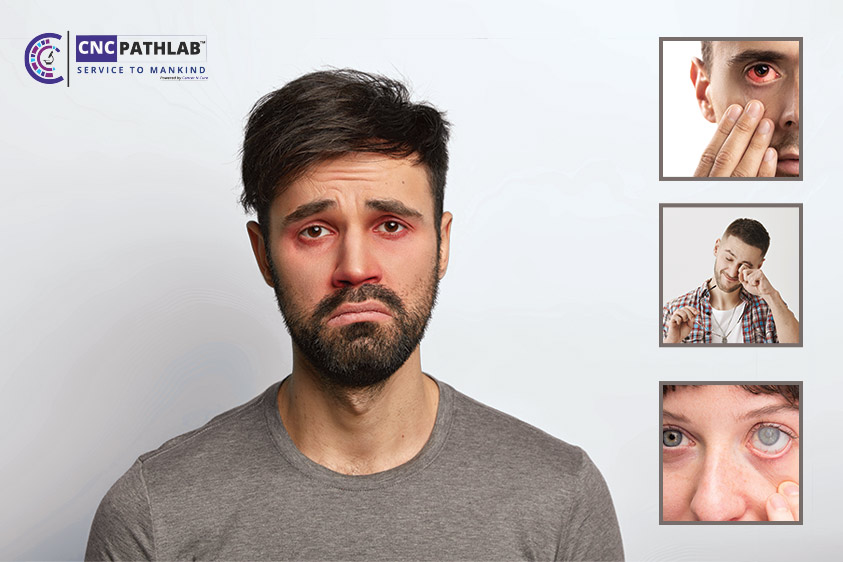Know the facts about RT-PCR Delhi
For the first time since the third wave of the pandemic in mid-January, India's effective reproduction number (R-value) for Covid-19, an indicator of how quickly a disease spreads in the community, has surpassed 1 for the first time. According to Sitabhra Sinha, a researcher at Chennai's Institute of Mathematical Sciences who has been measuring the country's R-value since the beginning of the pandemic, the R-value for April 12-18 was 1.07. The prior week, it was 0.93.
What is RT-PCR Test Delhi?
PCR is commonly employed to perform molecular-based diagnostic testing. It's used to detect viruses that cause diseases including HIV, Ebola, African swine fever, and foot-and-mouth disease, among others. For the diagnosis of COVID-19, two different types of tests are used: RT-PCR and antigen tests (Serology). The COVID-19 virus can be detected using Real-Time RT–PCR since it solely contains Ribonucleic Acid. Reverse Transcriptase Polymerase Chain Reaction is the full name for RT-PCR. It is the most sensitive method for detecting mRNA. It measures the amount of genetic material present in a virus or other disease.
Fluorescent dyes are used as markers in Real-Time RT-PCR. Real-Time RT-PCR allows investigators, primarily scientists or virologists, to quickly analyses results. After a patient's nasopharyngeal swab is collected, an RT-PCR assay finds the COVID-19 virus. Even if the viral load is low, it recognizes the virus. The main benefit of Real-Time RT-PCR is that it produces results quickly.
Read also: What is COVID-19? What are the symptoms of COVID-19?
What is the process for the COVID-19 virus RT-PCR Test Delhi?
The techniques (guidelines) for the RT-PCR Test that are helpful in the diagnosis of COVID-19 are summarized below:
- The COVID-19 virus usually accumulates in a person's throat or inside their nose. The RT-PCR Test diagnosis process begins with a swab sample collection from the body parts described above.
- Different chemical solutions are used to lyse the cells and nucleus. Finally, the sample is made up entirely of DNA and RNA. It is a mixture of the individual's residual genetic material and the virus's RNA.
- The RNA is subsequently reverse-transcribed into DNA with the help of a specialized enzyme. To generate a combination, little bits of DNA are also introduced.
- If the sample contains a virus, the small DNA fragments correspond to the viral DNA's target divisions.
- After that, the mixture is transferred into an RT–PCR machine. The RT-PCR machine cycles through temperatures to heat and cool the mixture in order to activate certain chemical reactions. The target portions of viral DNA receive fresh identical copies as a result of this process.
- The material is run through the RT-PCR COVID-19 Test equipment many times. This aids in the replication of the viral DNA's target portions. The number of copies of viral DNA is doubled at the end of each cycle. By the end of the procedure, about 35 billion new copies of viral DNA sections from each strand of the virus have been made.
Although RT-PCR testing takes only 5-10 minutes, the total operation can take anywhere from 4 to 8 hours.
Why take Covid RT-PCR in Delhi?
You should get tested if you have COVID-19 symptoms or have been exposed to persons who have symptoms or have tested positive.
- This test looks for the genetic material of the virus itself.
- If you are COVID positive, you will be able to self-isolate and receive the appropriate therapy as soon as possible.
- It is the most accurate and reliable test for detecting a current infection in the body.
- As the number of current cases in India has increased, this test has become increasingly important to keep yourself and others safe.
- It is the most accurate and reliable test for detecting a current infection in the body.
- It is the most accurate and reliable test for detecting a current infection in the body.
- If you are travelling to specified states, you must get tested for COVID-19. The RT-PCR test has various laws and standards in each state. Be aware of the rules and travel in accordance with them.
Read also: Why RT-PCR Test is essential for Covid-19?
What method is used to get a conclusion?
The marker labels are attached to the DNA strands once new copies of the viral DNA have been generated. The RT-PCR machine is linked to a computer, which keeps track of how much fluorescent dye is released at each stage. It simultaneously displays the result on the screen. When the level of fluorescence reaches a specified threshold, the existence of the virus is confirmed. A fascinating point to be aware of is that the fewer the cycles required to confirm the virus, the more serious the illness becomes. The result of the RT-PCR test can be positive or negative. The test can't tell you when or how you got infected with the virus. A positive RT-PCR test indicates that you are infected with the virus.


.jpg)


.jpg)
